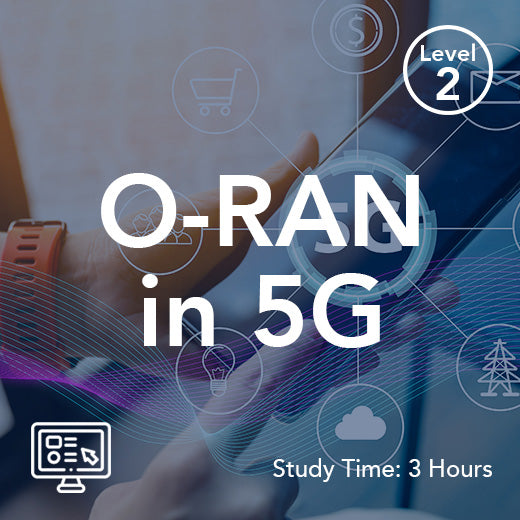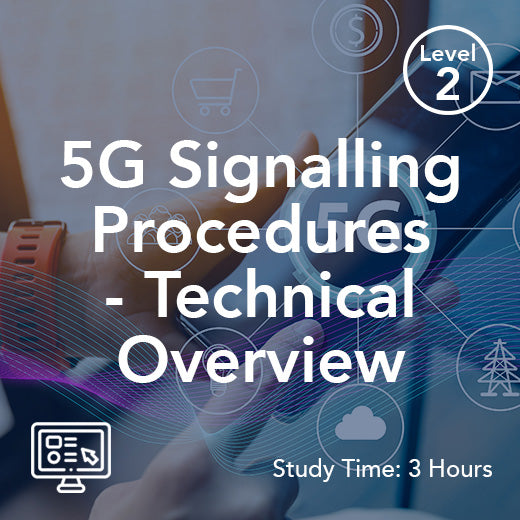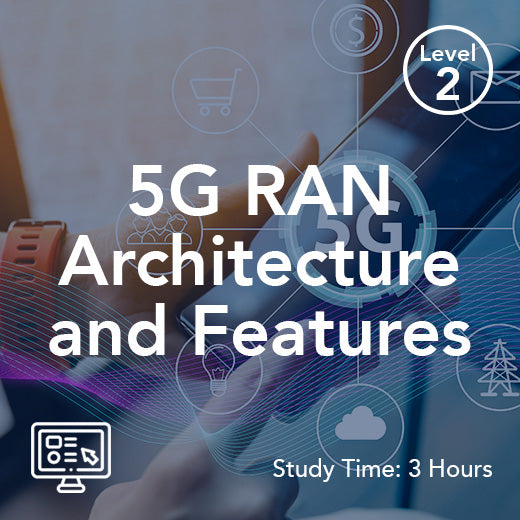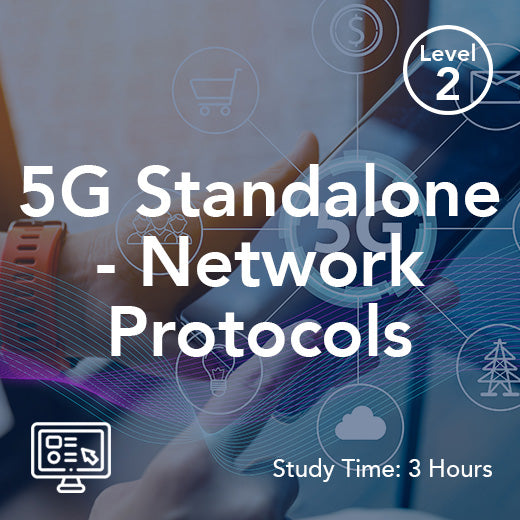What is BBU in 5G?
- , by Stephanie Burrell
- 2 min reading time
5G technology is revolutionizing the way we connect and communicate, offering faster speeds, lower latency, and increased capacity. One key component of 5G networks is the Baseband Unit (BBU), which plays a crucial role in ensuring the smooth and efficient operation of the network.
So, what exactly is a BBU in the context of 5G technology? In simple terms, a BBU is a piece of equipment that is responsible for processing and managing the radio signals in a 5G network. It is essentially the brain of the network, coordinating the transmission and reception of data between the user devices and the network infrastructure.
BBUs are typically located at the base stations of the network, where they work in conjunction with Remote Radio Units (RRUs) to transmit and receive data to and from user devices. The BBU is responsible for tasks such as modulation and demodulation of signals, error correction, channel coding, and scheduling of data transmissions.
One of the key advantages of BBUs in 5G networks is their ability to support massive MIMO (Multiple Input Multiple Output) technology. This technology allows for the use of multiple antennas at the base station to increase data throughput and improve network capacity. BBUs play a crucial role in coordinating the signals from these multiple antennas to ensure optimal performance.
Another important feature of BBUs in 5G networks is their support for network slicing. Network slicing allows operators to create virtual networks within a single physical network infrastructure, each tailored to specific use cases or applications. BBUs play a key role in managing these network slices, ensuring that each slice receives the necessary resources and bandwidth to operate efficiently.
In addition to these features, BBUs in 5G networks are also designed to be highly flexible and scalable. This allows operators to easily upgrade and expand their networks as demand for data services grows. BBUs are typically built using software-defined networking (SDN) and network functions virtualization (NFV) technologies, which allow for easy configuration and management of network resources.
Overall, BBUs are a critical component of 5G networks, playing a key role in ensuring the smooth and efficient operation of the network. As 5G technology continues to evolve and expand, the importance of BBUs in enabling high-speed, low-latency, and reliable connectivity will only continue to grow.
In conclusion, the Baseband Unit (BBU) is a crucial component of 5G networks, responsible for processing and managing radio signals, supporting technologies such as massive MIMO and network slicing, and providing flexibility and scalability for network operators. As 5G technology continues to advance, the role of BBUs in enabling high-speed, low-latency connectivity will only become more important.
So, what exactly is a BBU in the context of 5G technology? In simple terms, a BBU is a piece of equipment that is responsible for processing and managing the radio signals in a 5G network. It is essentially the brain of the network, coordinating the transmission and reception of data between the user devices and the network infrastructure.
BBUs are typically located at the base stations of the network, where they work in conjunction with Remote Radio Units (RRUs) to transmit and receive data to and from user devices. The BBU is responsible for tasks such as modulation and demodulation of signals, error correction, channel coding, and scheduling of data transmissions.
One of the key advantages of BBUs in 5G networks is their ability to support massive MIMO (Multiple Input Multiple Output) technology. This technology allows for the use of multiple antennas at the base station to increase data throughput and improve network capacity. BBUs play a crucial role in coordinating the signals from these multiple antennas to ensure optimal performance.
Another important feature of BBUs in 5G networks is their support for network slicing. Network slicing allows operators to create virtual networks within a single physical network infrastructure, each tailored to specific use cases or applications. BBUs play a key role in managing these network slices, ensuring that each slice receives the necessary resources and bandwidth to operate efficiently.
In addition to these features, BBUs in 5G networks are also designed to be highly flexible and scalable. This allows operators to easily upgrade and expand their networks as demand for data services grows. BBUs are typically built using software-defined networking (SDN) and network functions virtualization (NFV) technologies, which allow for easy configuration and management of network resources.
Overall, BBUs are a critical component of 5G networks, playing a key role in ensuring the smooth and efficient operation of the network. As 5G technology continues to evolve and expand, the importance of BBUs in enabling high-speed, low-latency, and reliable connectivity will only continue to grow.
In conclusion, the Baseband Unit (BBU) is a crucial component of 5G networks, responsible for processing and managing radio signals, supporting technologies such as massive MIMO and network slicing, and providing flexibility and scalability for network operators. As 5G technology continues to advance, the role of BBUs in enabling high-speed, low-latency connectivity will only become more important.

































